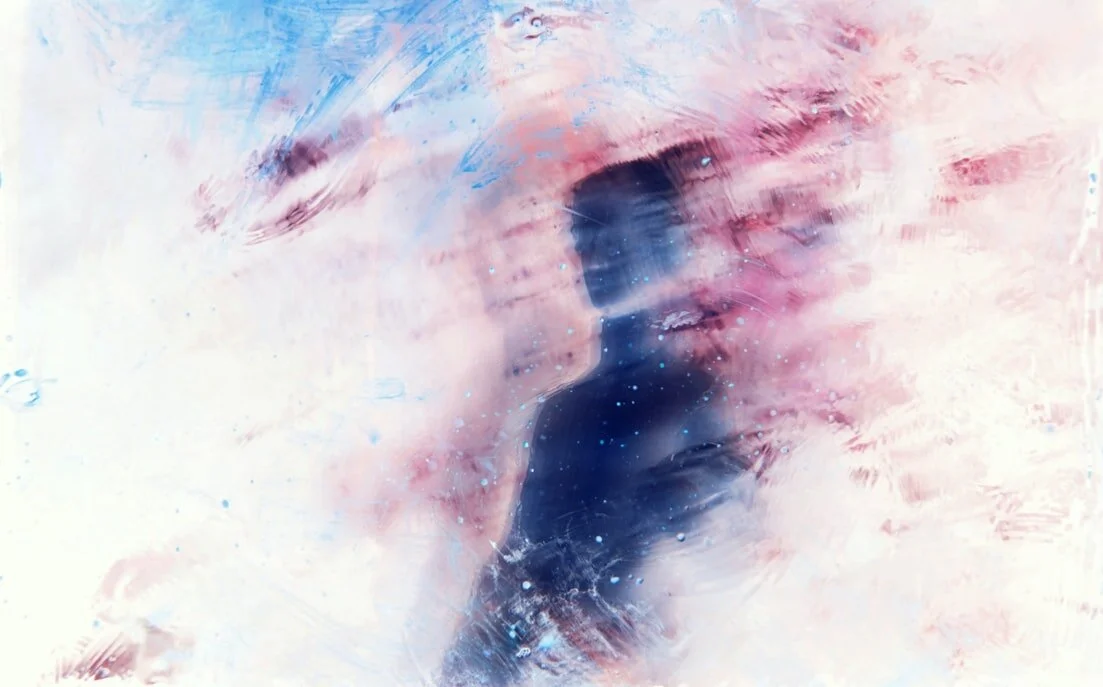
“Queer and the Classical: Futures and Potentialities”
An archive of our 2020 seminar series, held online with the support of the Corpus Christi Centre for the Study of Greek and Roman Antiquity (University of Oxford).
Dr Sebastian Matzner (King's College London)
“Queer Theory and Ancient Literature: Now What? “
‘As this seminar series itself documents, there is clearly a new momentum in queer-informed and queer-concerned classical scholarship but there also seems to be a lingering sense of uncertainty: Where exactly are we now with this kind of work? How did we get here? Where should we turn next? What does (or should) queer Classics look like? […] The ‘Now What?’ is not a rhetorical question’. Check out the padlet used for discussion and our twitter thread.
Dr Hannah Silverblank (Haverford College)
“Queer Assemblages in Anne Carson: Reception and Abjection in ‘Red Doc>’ and ‘Decreation’”
‘In Anne Carson's refigurations of Greek mythic characters, these distant and slippery figures often intertwine with one another in unexpected ways, as they shift in response to the aesthetic maneuvers that drive Carson's poetics. This workshop invites participants to consider the theme of sexual abjection and queerly organized bodies in Autobiography of Red; its 'sequel', “Red Doc>”, and “Decreation” - specifically, Part One of the “Opera” (circulated as optional advance reading). In these texts, both Geryon and Hephaistos are depicted in close connection with their stigmatized bodies, cages and bonds, volcanoes, rock, and lava, and slow but urgent crises of desire, violation, and abjection. Carson's reworkings of these characters serve as expressions of Carson's own thematic and pseudo-autobiographical occupation with eros, abjection, fragmentation, and elliptical - often cagey - explorations of ‘queerness and the classical’. Carson represents Geryon and Hephaistos as yearning, humiliated lovers whose erotic crises result in violence, shame, and isolation, in response to the otherness of the nonnormative nonhuman experience of embodiment. This atmosphere of erotic shame permeates Carson's more autobiographically-inflected writing (e.g., The beauty of the husband/”The Glass Essay”); and as such, the bodies of Geryon and Hephaistos in Carson's writing are cross-wired with Carson's work on the abjection of the sexual body more broadly. Although Hephaistos and Geryon rarely cross paths in their ancient mythological narratives, they both provide Carson with ancient figurations of the nonnormative nonhuman body. The corporeal queerness of said body manifests in the sexual politics of Carson’s own narrative iterations on these characters. In juxtaposing Geryon and Hephaistos in this thematic connective tissue, Carson draws our attention to new ways of reading the corporeal poetics of Geryon and Hephaistos in the ancient material. Both Geryon and Hephaistos are figures enmeshed in unusual, cross-species assemblages. How do multi-species assemblages like these provide ways of thinking through questions of queer time, queer embodiment, and “posthuman” erotics?’ Check out our twitter thread.
Dr Kadji Amin (Emory University)
“Pederasty and the Politics of Scholarship”
This event takes from Dr Amin’s 2017 monograph Disturbing Attachments: Genet, Modern Pederasty, and Queer History. In the introduction, Amin positions Disturbing Attachments as a deidealisation of ‘Genet’s transversal movements by foregrounding their animation by unsavory and outdated modes of attachment, including pederastic kinship, racial fetishism, nostalgia for prison, and fantasies of queer terrorism’. Similarly, the abstract notes how the book ‘productively and provocatively unsettles queer studies by excavating the history of its affective tendencies to reveal and ultimately expand the contexts that inform the use and connotations of the term queer’. In this talk, Dr Amin focused on the first chapter of his book, discussing his work more generally and the problems regarding the place of modern pederasty in the history of sexuality and in queer studies that it sought to both negotiate and thematize. Check out our twitter thread.
Dr Samuel Rutherford (University of Oxford), Mara Gold (University of Oxford), and Professor Jennifer Ingleheart (Durham University).
“In Conversation: Queer Scholarship and Classical Reception”
[Video Coming Soon]
In this talk, Samuel Rutherford presents on the complicated relations between queer classics and modern history, focusing on E.P. Warren as a case study; while Mara Gold introduces us to the history of female pederasty based on Sappho in women’s educational contexts. Jennifer Ingleheart acts as respondent, bringing together different questions on queerness, history, academia, and classical reception. Check out our discussion and twitter thread.
Professor Ella Haselswerdt (UCLA)
“Sappho’s Body / Towards a Deep Lez Philology”
‘This talk, which I would like to frame as a conversation around a speculative work-in-progress, posits a trans*-inclusive incarnation of radical lesbian identity as a mode of relating to antiquity without minimizing difference, informing in particular approaches to the Sapphic corpus that convey the fragments’ materiality and affective energies while avoiding essentializing or positivism. I will discuss a variety of contemporary artists and writers who engage directly or obliquely with the corpus, but the ultimate aim of the project is not to develop a framework for reading the reception of Sappho; rather, I (perhaps loftily) hope to develop a situated critical philological practice, one that both informs our readings of the poems as classicists while making space for queer desire and identification’. Check out our discussion and twitter thread.
Jordan Tannahill and Jeremy O’Harris
“In Conversation: Queer Theatre and the Dionysian”
Jordan Tannahill is a Canadian novelist, playwright, and director of film and theatre. He has been described as being ‘widely celebrated as one of Canada’s most accomplished young playwrights, filmmakers and all-round multidisciplinary artists’ (Toronto Star)’. From 2012 - 2016, in collaboration with William Ellis, Jordan ran the alternative art space Videofag. Over the four years of its operation, Videofag became an influential hub for queer and avant-garde work in Canada. He has written text for Akram Khan's dance pieces Xenos and Outwitting the Devil, won the Governor General’s Award for Drama in 2018 for his plays Botticelli in the Fire & Sunday in Sodom. For more, check out his website.
Jeremy O. Harris is a playwright, writer and performer living in New York City. His plays include Slave Play, “Daddy,” Xander Xyst, Dragon: 1 and WATER SPORTS; or insignificant white boys. He is one of the most important living American playwrights, the youngest Black man ever to have a show on Broadway, and he has just been nominated for 12 Tony Awards. In 2018, Jeremy co-wrote A24’s upcoming film Zola with director Janicza Bravo. In television, he is developing a pilot with HBO and consulted on their new series “Euphoria.” For more, check out his website.
Check out our discussion and twitter thread.
Dr Kay Gabriel
“Classics Transfeminine Object”
Dr Kay Gabriel discusses Froma Zeitlin’s and Anne Carson’s engagement with the Bacchae, focusing on scholarly and translation practices within the discipline of Classics when it comes to transgender history, scholarship, and bodies. Check out our discussion and twitter thread.
Professor Stephanie Burt (Harvard University) and Professor Mark Payne (University of Chicago)
“After Callimachus: Reading and Conversation”
Stephanie Burt reads and discuss with Mark Payne her latest book, After Callimachus. Princeton University Press describes After Callimachus as ‘at once a contribution to contemporary poetry and a new endeavor in the art of classical adaptation and translation […] This Callimachus travels the Mediterranean, pays homage to Athena and Zeus, develops erotic fixations, practices funerary commemoration, and brings fresh gifts for the cult of Artemis. This reimagined poet also visits airports, uses Tumblr and Twitter, listens to pop music, and fights contemporary patriarchy’. Check out our discussion and twitter thread.







